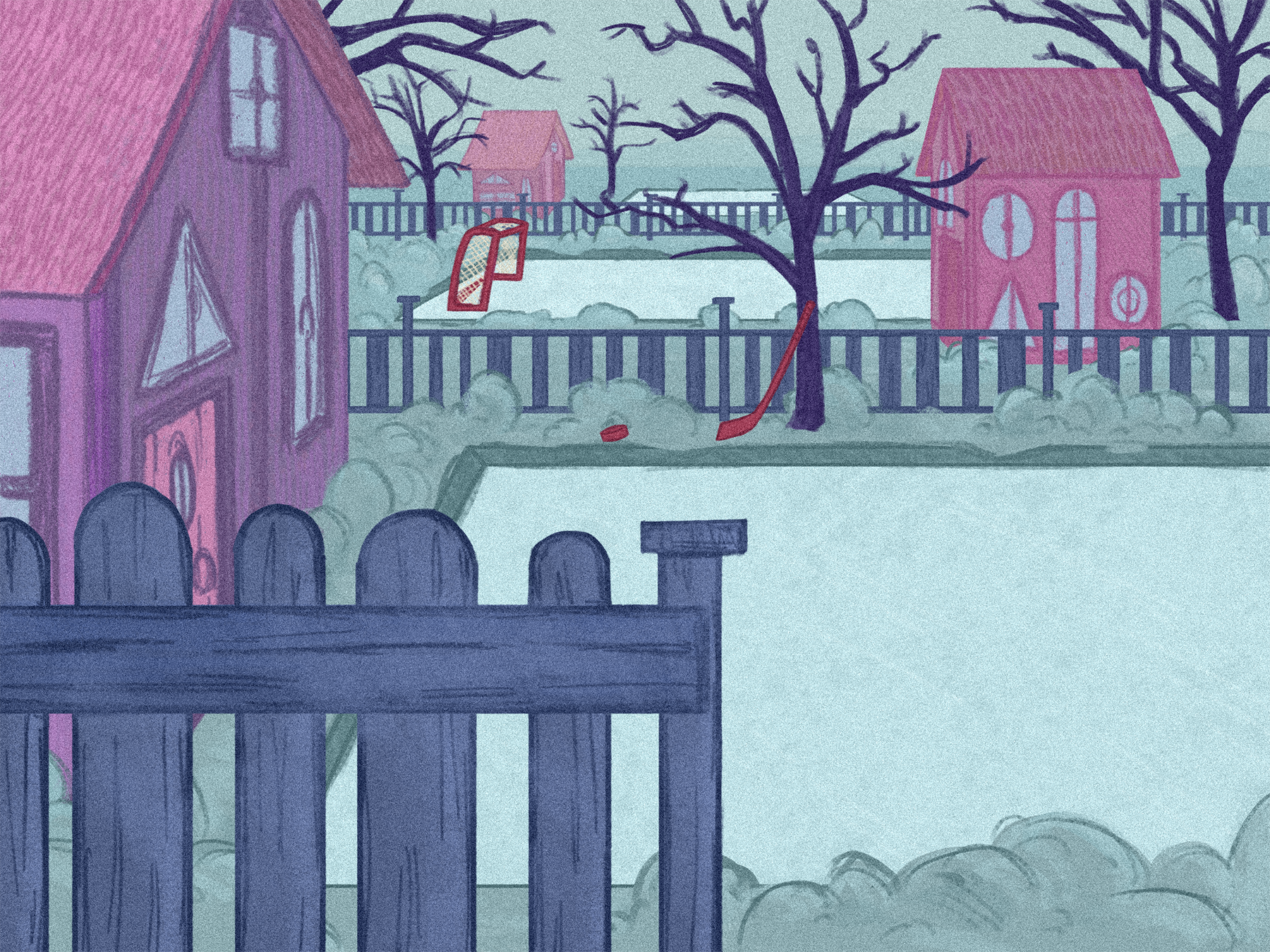The activity may gain prominence with public outdoor hockey on hold
Blizzards, icy roads, power outages, and howling winds are some of the many struggles that characterize the cold winter season. Additionally, the prominence of the pandemic and the evolving restrictions put in place to slow the spread of the virus will make an already rough season for some even more difficult.
While Canadian winters are undoubtedly ruthless, the burdens that plague the season can sometimes overshadow the positive aspects that are unique to these times. For one, hockey becomes considerably more accessible with the opening of city-operated outdoor rinks, enabling kids and adults alike to better indulge in Canada’s prideful tradition.
This winter, public rinks will be open, but hockey games will not be allowed. Fortunately for winter sports fans, physical activities that have limited contact amongst individuals such as free skating and skiing will be permitted.
While the news comes to the dismay of hockey enthusiasts, hope is not entirely lost. The uniquely Canadian hobby of making a backyard rink lends itself well to today’s circumstances. Unlike the city rinks and indoor arenas, these personal rinks can offer intimacy that is difficult to replicate in organized hockey.
Stacey Elissa Anne, a mother of two who lives in Thunder Bay, Ontario, said that growing up with two older siblings who played hockey meant her family was often busy splitting time between organized teams and outdoor rinks.
“Living in Winnipeg, my dad made sure to build us an outdoor rink every single winter,” Elissa Anne said. “It’s safe to say our lives revolved around the sport.”
Elissa Anne learned about the work involved in making a personal rink and the dedication it required when her family took to creating one of their own in 2019.
“We couldn’t have enjoyed it more,” Elissa Anne said. “The kids and their neighbourhood friends used it every single day.”
Some individuals continue to build an annual backyard rink in an effort to pay their childhood debts forward. The Tecumseh, Ontario-native Jason Bain has made building a rink a personal tradition that he has upheld for over a decade, but credits his late father for inspiring him to pass on the generous ritual. Bain believed it was his father’s way of connecting with the local kids.
Growing up, my family couldn’t afford to play hockey,” Bain said. “My dad would build an old-school rink out of snow every year, standing outside for hours even after working strenuously long work shifts.”
Nowadays, the time he spends alone outside maintaining a backyard rink for his own children is Bain’s way of connecting with his father, who would go out of his way to do the same for him as a child. Bain added that last season was the first year in which he did not build a rink in over 10 years, something that does not sit well with the Ontario-native to this day.
“Last year just didn’t seem right,” Bain said. “Even if the kids only get to skate on it once or twice, when they get older it would be immeasurably rewarding to see them do the same for their kids.”
Jeff Baer grew up in Stockbridge, Manitoba, skating on local ponds. As a child, Baer always dreamed of building his own rink one day to avoid having to trek through rough terrain and private property to find a place to skate.
This year will be the sixth in which Baer builds a backyard rink for his children, in hopes of forging unforgettable memories. While his two kids are passionate about hockey, his son is particularly fond of everything Canada’s sport has to offer.
“My 14-year-old son was born with cerebral palsy,” Baer said. “For him, hockey is everything and its tremendously helped him overcome his impairment.”
The father of two added that his son would skate at five in the morning before heading to school in past years. While his 10-year-old daughter’s team and their season are uncertain due to the pandemic, Baer has offered to host practice if the situation ever presents itself and is permitted.
“The rink may not be an ideal size to accommodate a full team,” Baer said. “However, it’s plenty large enough to host small skating workouts and drills.”
Rebecca Podniesinski’s family in Keene has resorted to making her yearly rink larger to better accommodate members of the local New Hampshire hockey club.“If we have ice that we can safely share,” Podniesinski said, “it’s just the right thing to do with the weekly shutdowns preventing kids from exercising and doing what they love.”
Graphic by Carleen Loney
